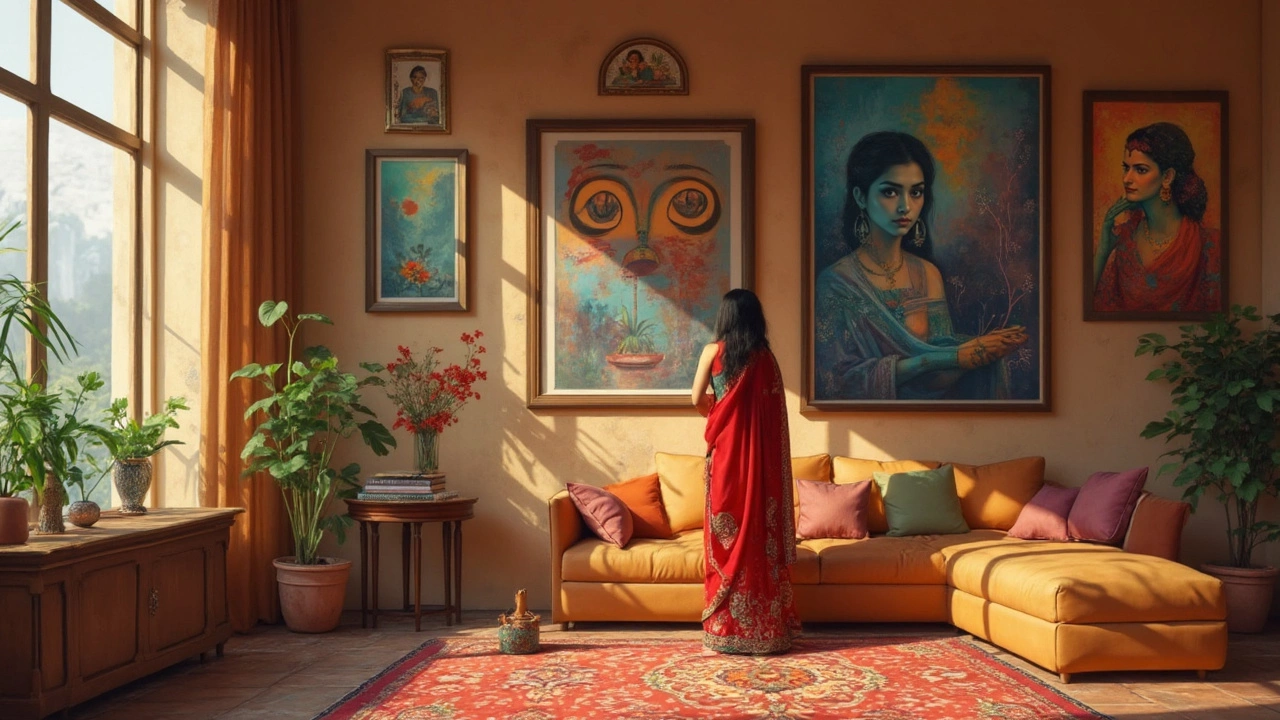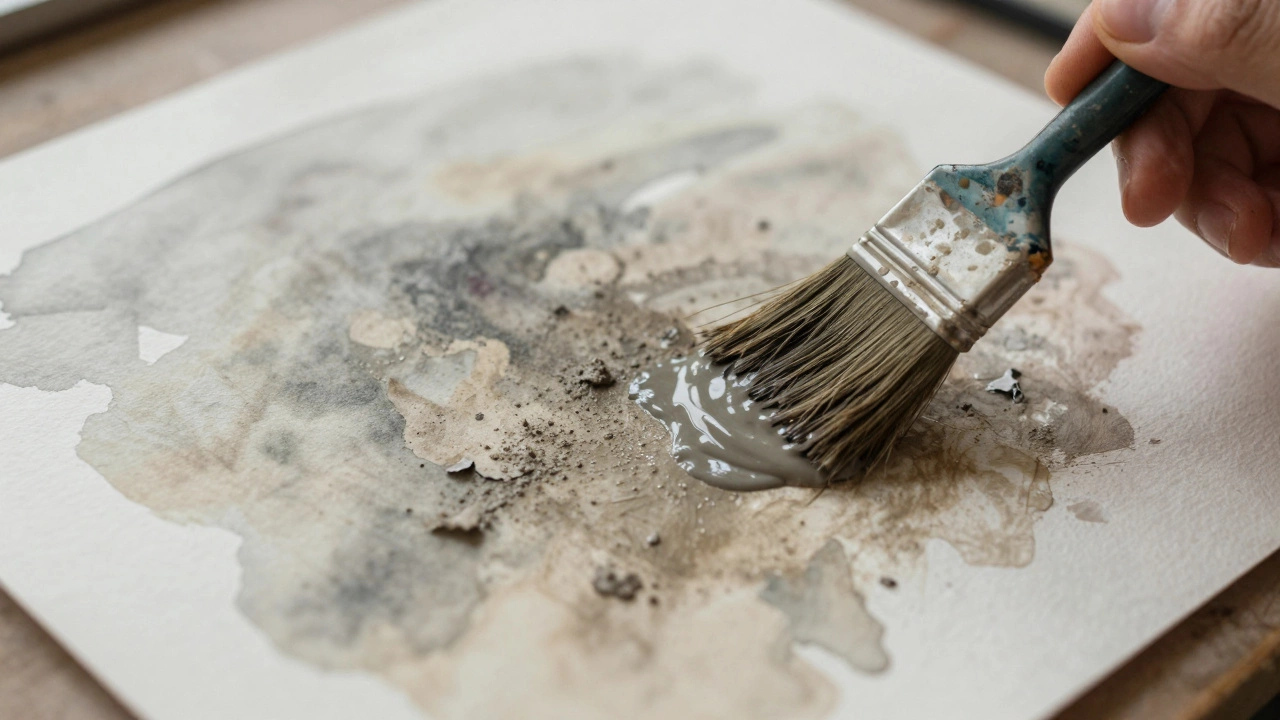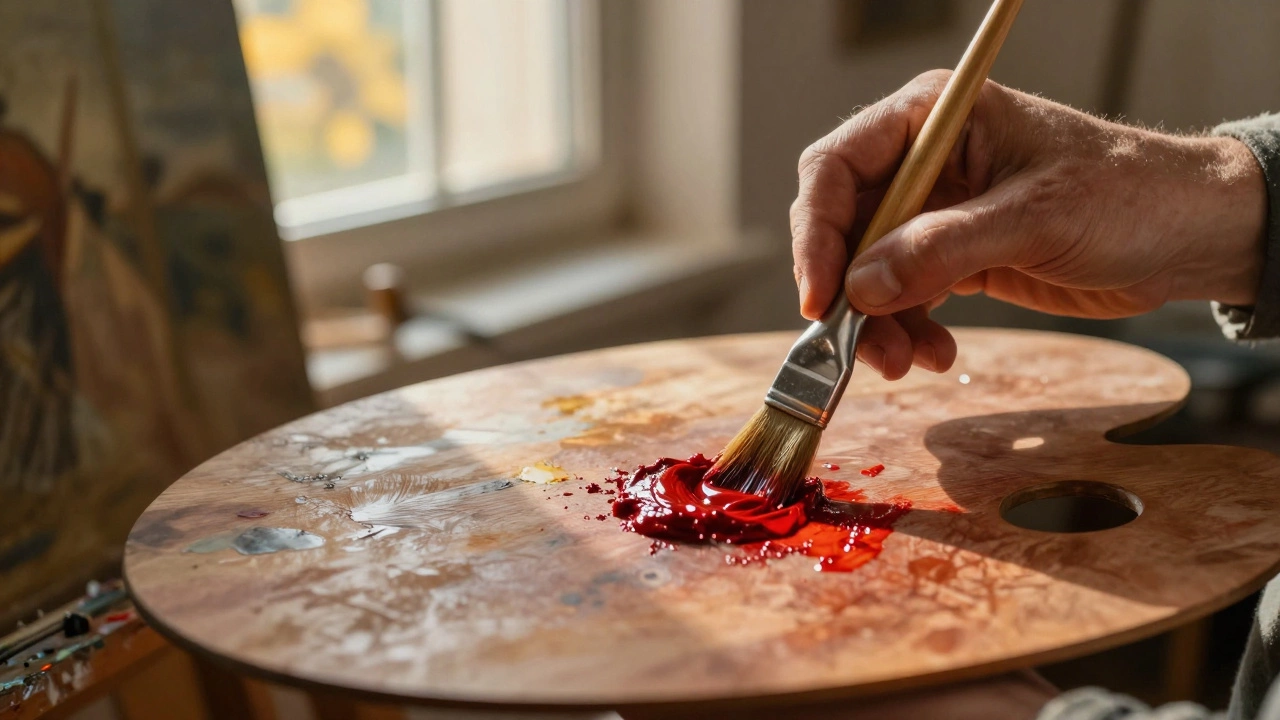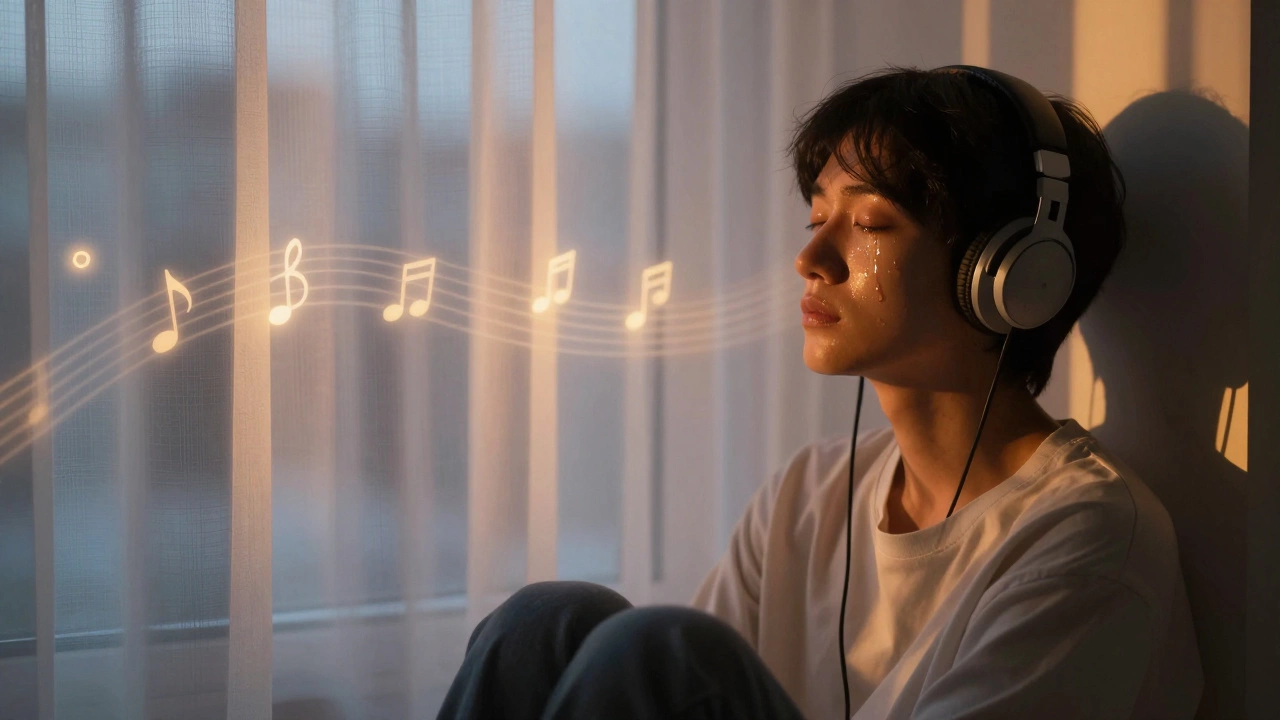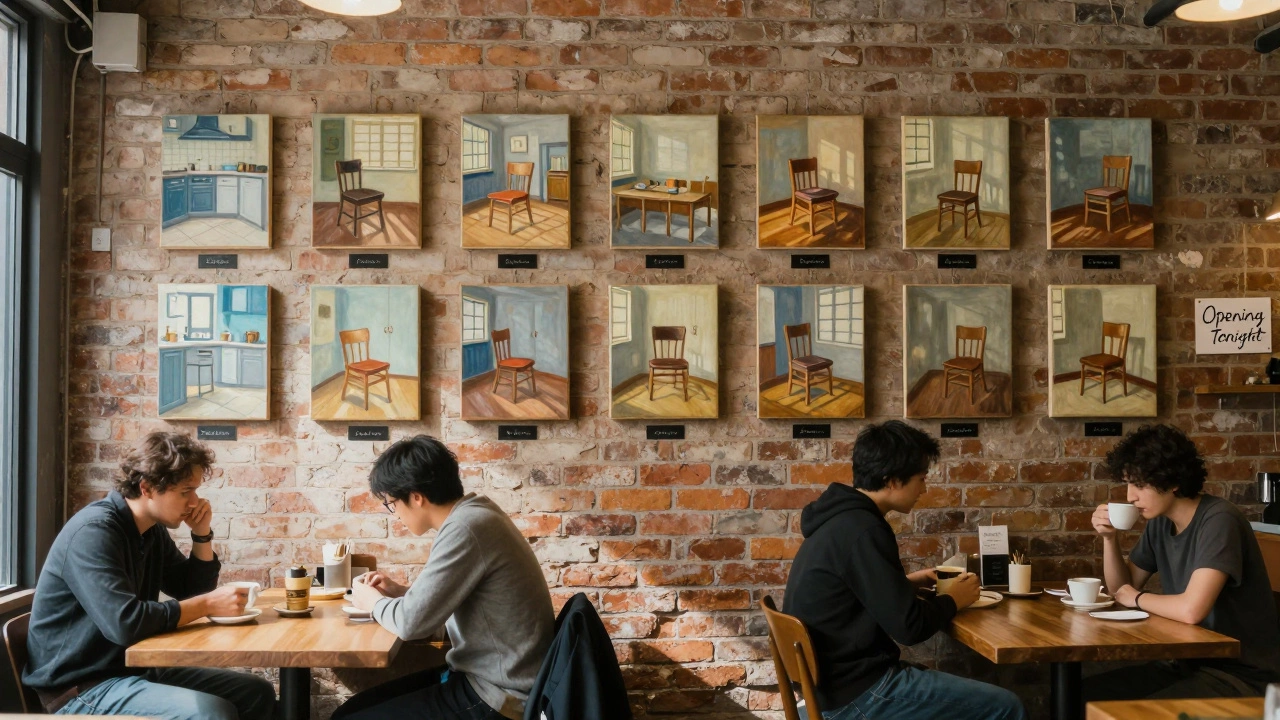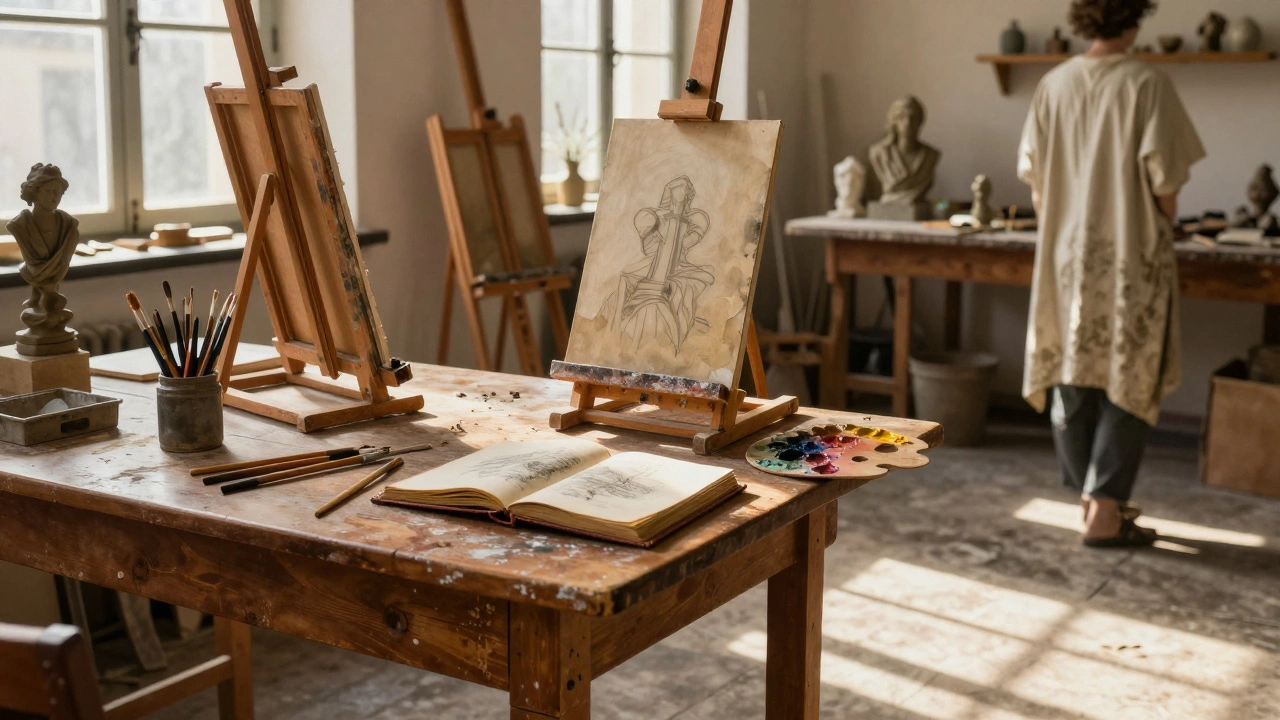Ever looked at a gallery wall and wondered if those art prints actually mean anything—or if you're just paying for fancy paper? The hype around art prints is real, but so are the buyer traps. Some prints add legit value to a space and even your life, while others are more like overpriced posters. It’s easy to get lost in the sea of online shops, influencer posts, and endless designs.
Here’s the cool part: you don’t need to be rich or have a degree in art to make good choices. Prints come in all styles, price ranges, and types—some are even limited editions signed by the artist. Others are mass-produced and sold everywhere from IKEA to niche Instagram stores. So, should you spend your hard-earned money on them? Only if you know what you’re looking for. Let’s break down the real deal behind art prints, what’s worth splurging on, and what’s just a pretty piece of paper.
- What Are Art Prints Really?
- Why Do People Buy Art Prints?
- Red Flags: What to Avoid When Buying Prints
- Simple Tips to Get the Best Value
What Are Art Prints Really?
Let’s clear up the confusion first: art prints aren’t original paintings, but they aren’t just regular posters either. An art print is a reproduction of an original work created using high-quality printing methods. It’s basically a way to have an artist’s work on your wall without the price of the real deal. People sometimes call anything on paper a print, but actual art prints often follow higher standards.
There are a few common types. Art prints often come as giclée prints (pronounced “zhee-clay”) which use fancy inkjet printers to create super crisp colors. Think of museum-quality prints; these usually use archival paper so they last years without fading. Lithographs and screen prints are also popular—these are created by hand or unique printing processes, making each one a bit different. If you see “limited edition” or “signed by the artist,” those are usually more valuable.
Here’s how some printing methods stack up:
| Print Type | Quality | Expected Lifespan | Price Range |
|---|---|---|---|
| Giclée | Excellent | Up to 100 years | $$ - $$$ |
| Offset Lithograph | Good | 25-50 years | $ - $$ |
| Screen Print | Very Good | 50-80 years | $$ - $$$ |
| Poster Print | OK | 5-10 years | $ |
The price tag depends on what you pick. Mass-produced posters might set you back less than lunch, but a numbered, signed giclée or hand-pulled screen print can range from the cost of a nice dinner to a few hundred bucks. If you love the idea of collecting or want something unique, limited editions or artist-signed pieces are usually safer bets. For some artists, print sales are their main source of income—so when you buy high-quality art prints, you’re supporting their work directly.
Quick tip: Always check what kind of ink and paper was used. Archival inks and acid-free paper hold up way better and actually justify a bigger price tag. If a piece just says "digital print on standard paper," you’re basically just getting a fancy poster. So when you shop, look for details and don’t be afraid to ask sellers about how their prints are made.
Why Do People Buy Art Prints?
Art prints aren’t just for people who can’t afford originals. They actually tick boxes for tons of reasons—some you’ve probably never thought about. Prints let you decorate without blowing your whole paycheck, and you don’t even have to love a single artist to enjoy them. It’s way easier to switch up prints too; there’s zero guilt about swapping stuff around once you get bored of your wall.
Here’s the main thing: art prints make owning art way more doable for regular people. Limited edition prints, for example, are often signed, numbered, and still give you bragging rights without the insane price tag of a painting. Some prints even go up in value if the artist gets more famous—think Banksy or Yayoi Kusama. According to a 2022 survey by Hiscox Online Art Trade, 53% of new collectors said prints were their entry point into buying art. So yeah, you’re not alone if you got hooked with that one cute print off Etsy.
Other reasons people buy prints?
- Personal Style: Prints cover every vibe imaginable—retro, abstract, botanicals, quotes, you name it. There’s something for every taste and every room.
- Gift Potential: Prints are low-pressure, but thoughtful gifts. You can personalize them with frames, and they’re easy to ship.
- Support Artists: Buying from small makers means you’re putting cash straight into an artist’s pocket, which can mean a lot for indie creators.
- Instant Room Boost: Prints fill blank walls and make a place feel homier, fast. No renovation needed.
Some interesting stats show up when you look at the art print market. In 2024, global sales of art prints – from galleries, big-box stores, online platforms – hit almost $4.5 billion. Millennials and Gen Z buy them more than any other age group, probably because they want cool spaces but don’t want to shell out for originals.
| Reason | % of Print Buyers (2024 survey) |
|---|---|
| Affordable way to own art | 67% |
| Fits my personal style | 62% |
| Easy to change decor | 45% |
| Support for local/small artists | 39% |
| Gift for others | 28% |
Bottom line: People buy prints for price, style, flexibility, and to back real artists. And it doesn’t hurt that you can completely change your place in one afternoon.
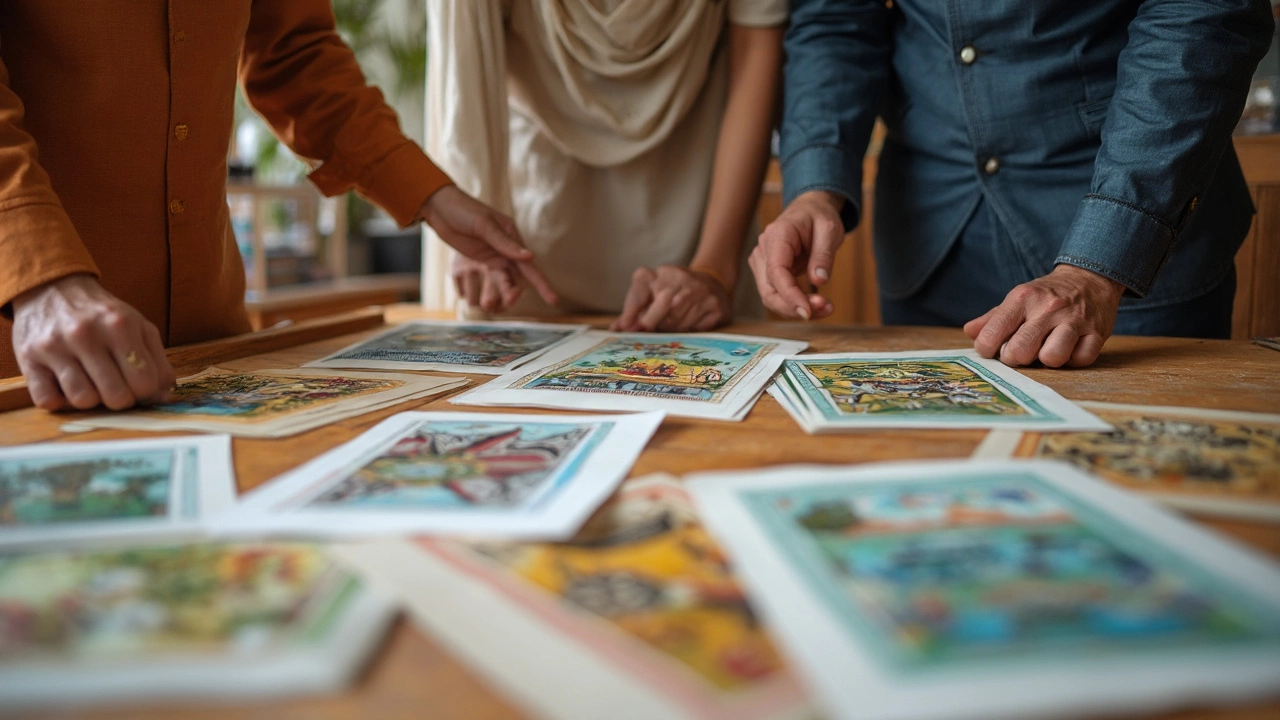
Red Flags: What to Avoid When Buying Prints
Shopping for art prints is fun until you realize just how easy it is to get ripped off. The market is stuffed with lookalikes, low-quality prints, and sneaky sellers. A little homework goes a long way to avoid regret and wasted cash.
First, watch out for unclear print details. If the shop can’t tell you the size, type of paper, print method, or if it’s limited edition, that’s a sign it’s not a quality piece. This info matters a lot. For example, giclée printing lasts way longer than standard digital printing—so does acid-free paper versus something cheap.
- If a seller won’t share what kind of paper or ink was used, walk away. The materials make or break the look and lifespan.
- Check for ridiculously cheap prices. Good art prints aren’t wild expensive, but super low prices often mean you’re getting a thin poster, not a real print.
- Look out for blurry preview images. If you can’t see clear detail in the listing, the print might be pixelated or low-res in person too.
- Be careful with copyright issues. Real artists don’t want their work stolen. Loads of sites sell copied artwork (especially on big marketplaces), and buying these actually hurts real creators.
- Sellers who toss around phrases like “signed” or “limited edition” without proving it are often just hyping regular mass-produced art prints. If it really is limited, there should be a number, like ‘27/50’—not just the word.
If you want to see how these problems show up, here’s a quick breakdown of common red flags and why they matter:
| Red Flag | Why It Matters |
|---|---|
| No info on materials | Cheap paper or ink fades fast and looks bad |
| Too-good-to-be-true prices | Usually just mass-produced posters, often not even by the original artist |
| Blurry or small preview images | Possible pixelation; poor-quality final product |
| No artist info or credit | Might be a copyright violation; you’re not supporting the real creator |
| “Limited Edition” with no number | Probably not limited; marketing trick |
Even with all these risks, most problems can be avoided if you pay attention. Always look for details about how the print was made and who made it. If anything feels sketchy, keep scrolling! Staying sharp with your art prints shopping will save you more headaches than you think.
Simple Tips to Get the Best Value
If you're spending money on art prints, you want more than a pretty picture—you want real bang for your buck. Here’s how to steer clear of buyer’s remorse.
- Look for Limited Editions: Limited edition prints usually hold more value than open editions. If they’re numbered and signed by the artist, that’s a plus. For example, a print labeled “23/100” means it’s the 23rd out of only 100 made. These sell out quickly and sometimes grow in value over time.
- Check the Print Quality: Not all prints are equal. Ask about the printing method. Giclée prints use high-quality inks and archival paper so colors stay sharp for decades. Cheaper posters fade fast and feel flimsy.
- Verify the Seller: Buy from reputable galleries, trusted online platforms, or directly from artists. Watch for customer reviews and policies on authenticity. Avoid sketchy dropship sites with barely any info about the art or artist.
- Mind Your Budget, But Don’t Skimp on Framing: A good frame makes cheap art look expensive and protects your print. Some shops offer framing deals—sometimes it’s better to get it all done together so your art arrives ready to hang.
- Check the Return Policy: Mistakes happen. Make sure you can return or exchange the print if it arrives damaged or you change your mind about the fit.
Here’s a useful table you can use to spot the things that usually separate a quality art print from a generic one:
| Factor | Good Value | Poor Value |
|---|---|---|
| Edition Size | Limited, signed/numbered (e.g. "45/150") | Unlimited/open, no artist details |
| Print Method | Giclée, Lithograph, Silkscreen | Laser/Inkjet on cheap paper |
| Seller Reputation | Known gallery/artist, strong reviews | No info, negative or no reviews |
| Framing | Acid-free mat, UV glass, solid backing | No frame or low-quality plastic frame |
Don’t get distracted by flashy marketing. Take a closer look at the paper, the printing style, and most of all, whether you actually like the art. And always double-check measurements before buying—art prints look way different in person than in an online mock-up!
